Quando David Livingstone scoprì le bellissime cascate Victoria, forse non credette nemmeno ai propri occhi. In fondo, si trovava lì quasi per caso. Nato nel 1813 in Scozia, studiò come medico con l’idea di partire per una missione in Asia. Dovette cambiare programma a causa di una guerra e si ritrovò invece in Africa meridionale a gestire missioni ambulanti. Tra una missione umanitaria e l’altra, dedicava il tempo libero a esplorare quel grande fiume – lo Zambesi – che lo affascinava. Seguendone il corso, fu il primo europeo a vedere quelle cascate spettacolari che battezzò con il nome della regina inglese, Vittoria.
Le Cascate Victoria spettacolo della natura
Le Cascate Victoria si trovano a circa un terzo del corso del fiume Zambesi, partendo da monte, e arrivano dopo un lungo percorso già formato da piccole e grandi cascatelle. Il grande balzo avviene lungo una enorme spaccatura tettonica che si estende per 2 km con un’altezza massima di 128 metri.
A seconda delle stagioni e della piena del fiume, le cascate hanno una portata diversa. Quel che non cambia mai è però la nuvola di vapore acqueo e il rumore intenso che si può sentire anche a enormi distanze. Proprio questo “fumo bianco” e questo rumore hanno determinato il nome indigeno delle cascate: Mosi-oa-Tunya, il fumo tonante.
Dentro la enorme scarpata in cui si gettano le cascate, lo Zambesi continua poi a scorrere cadendo in una ulteriore serie di gole, tra cui la più pericolosa è la “pentola bollente” (chiamata così per via dei numerosi vortici). Infine, il fiume esce dal canyon su una pianura di basalti
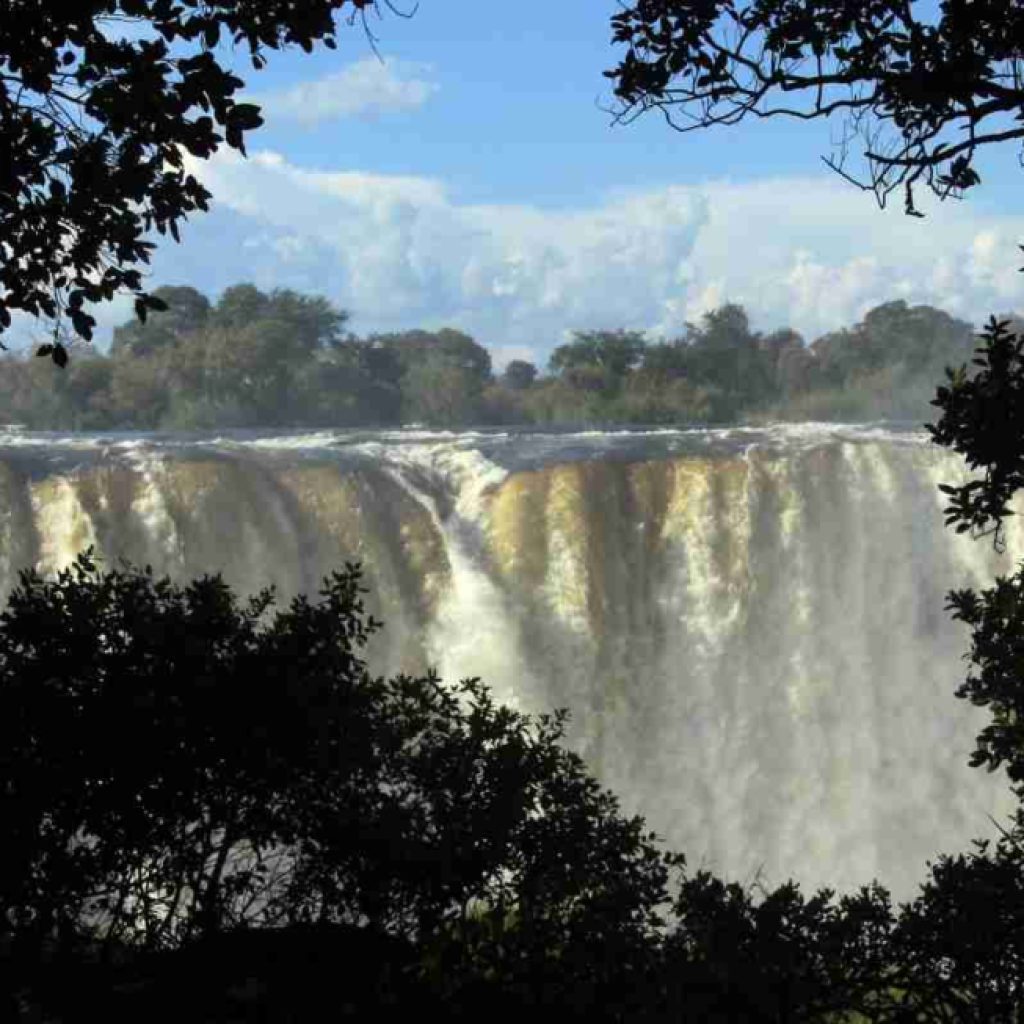
Turismo alle Cascate Victoria e dintorni
Principale fonte di turismo per tutto lo Zambia del sud, le Cascate Victoria sono parte di un bellissimo parco naturale che porta il loro antico nome. Il Parco Nazionale Mosi-oa-Tunya ospita anche percorsi per safari che portano alla scoperta di rinoceronti bianchi, elefanti, giraffe, zebre e ghepardi.
A gestire il turismo di questa zona sono i tour operator e le strutture di Livingstone. La città più vicina alle cascate è anche quella dedicata all’esploratore che le scoprì. Vale la pena visitare Livingstone perché ha una storia interessante – fu capitale della colonia zambiana (allora chiamata Nord Rhodesia) dal 1911 al 1935, prima di cedere il ruolo a Lusaka. Tra le cose da ammirare, qui, il Museo di Livingstone, che raccoglie le testimonianze storiche e naturalistiche della regione e dell’intero Zambia. E il Parco dei Coccodrilli, un’altra meta imperdibile.
A circa quattro ore di macchina da Livingstone si arriva a un grande lago, il lago Kariba. Questo specchio d’acqua si apre verso est ed è circondato da piccole città (Siatwinda, Mibizi, James, Binga) e da reserve protette come la Foresta Sijarira e – molto più distanti – i parchi Matusadona e Charara. Sconfinando appena oltre le cascate, a meno di 2 km da Livingstone, si entra nello stato dello Zambesi e si può visitare lo Zambesi National Park.
Come arrivare, dove alloggiare
Per arrivare alle Cascate Victoria potete atterrare direttamente all’aeroporto internazionale di Livingstone. Questo scalo è ottimamente collegato con Lusaka e con altre capitali africane, oltre che con gli aeroporti minori dello Zambia.
Livingstone e le cittadine limitrofe offrono numerose soluzioni di alloggio per i turisti che vogliono ammirare le cascate. Spesso si tratta di lodge in stile tradizionale, ma non mancano hotel (Royal Livingstone, Crescent Lodge, Avani Victoria Falls Resort).
LA FOTO SOPRA IL TITOLO E’ DI SIMON MATZINGER
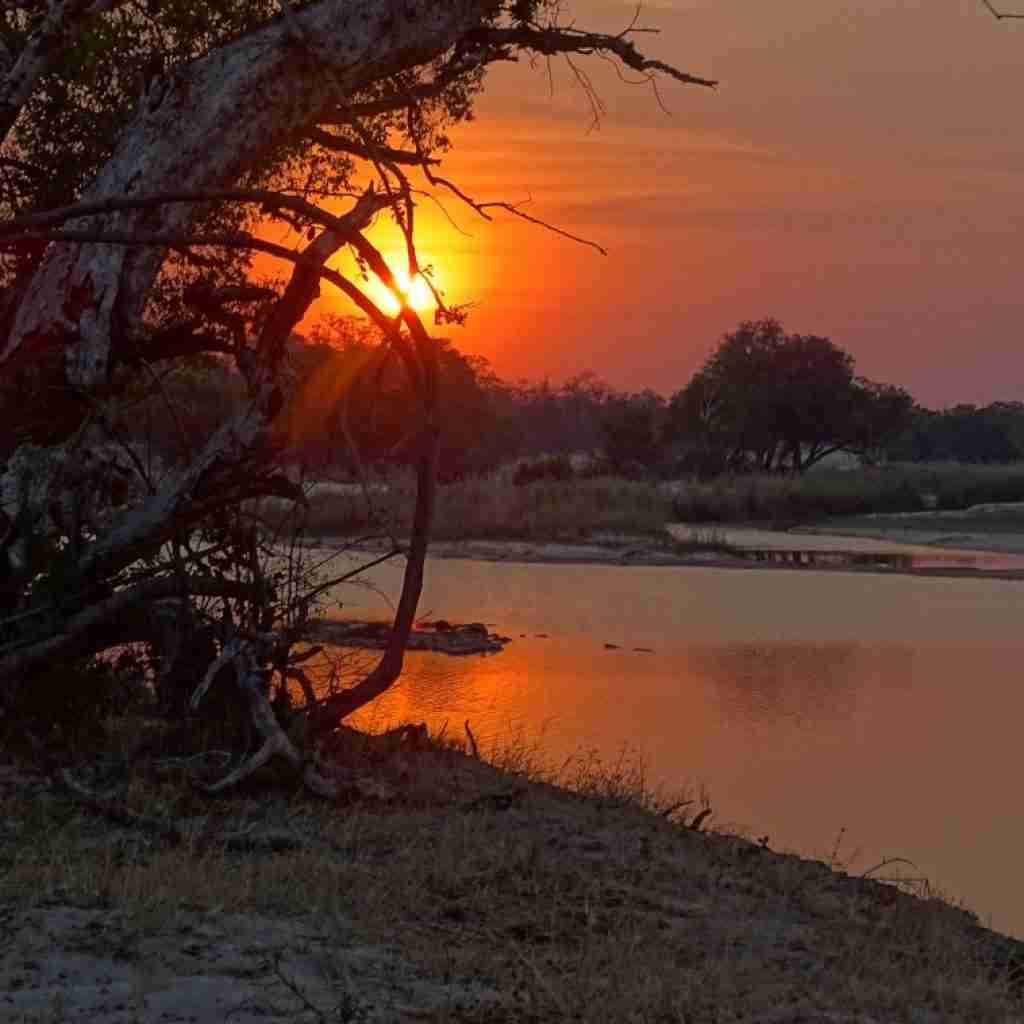


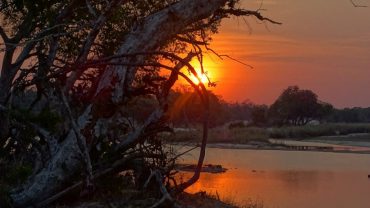
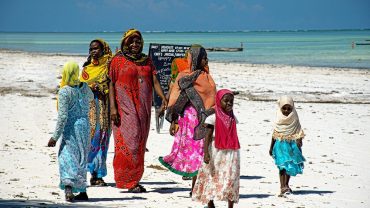
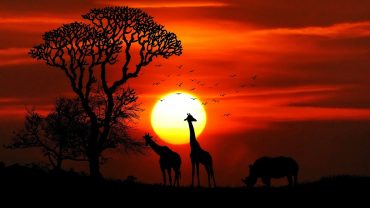
Comment (0)